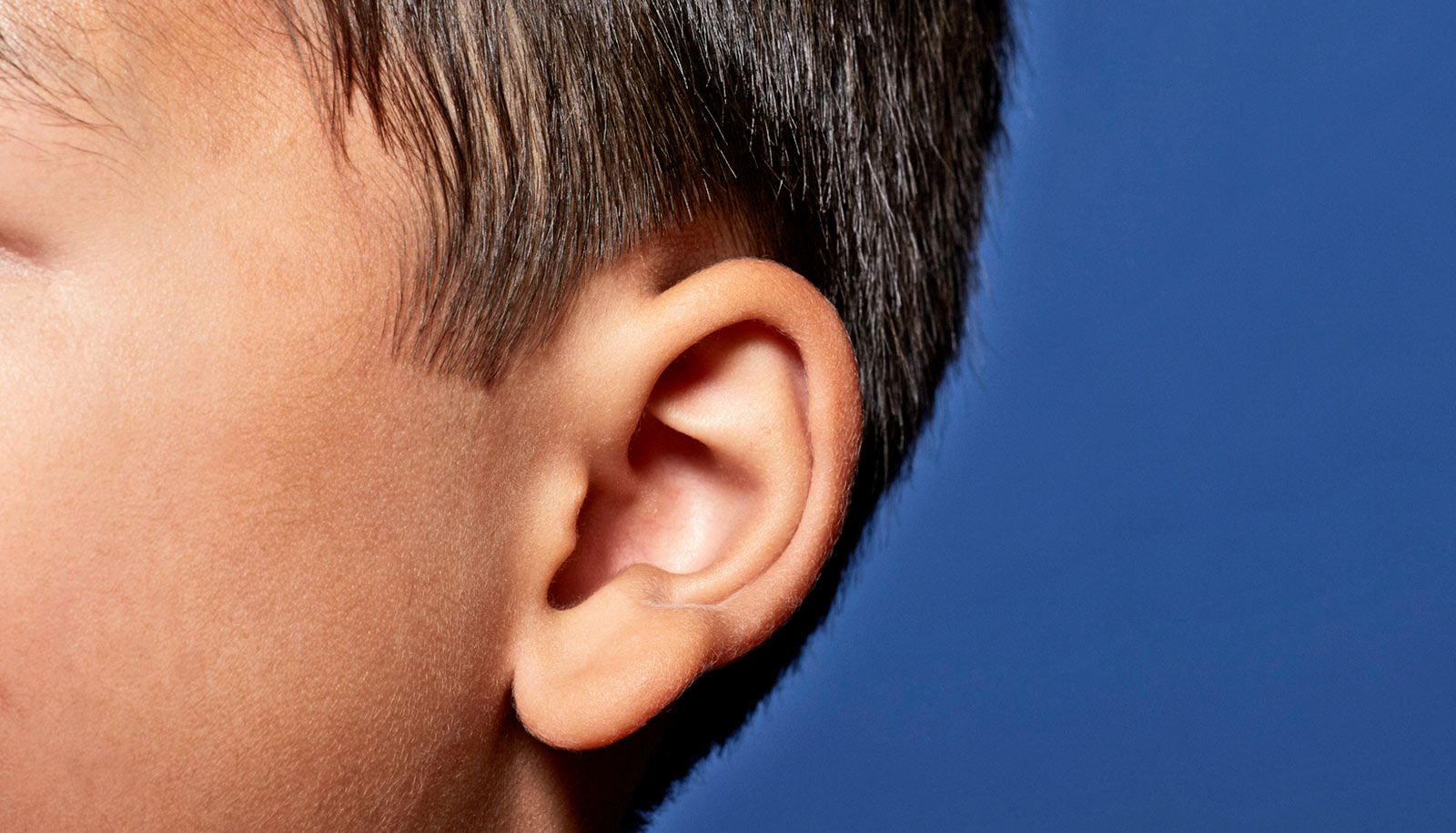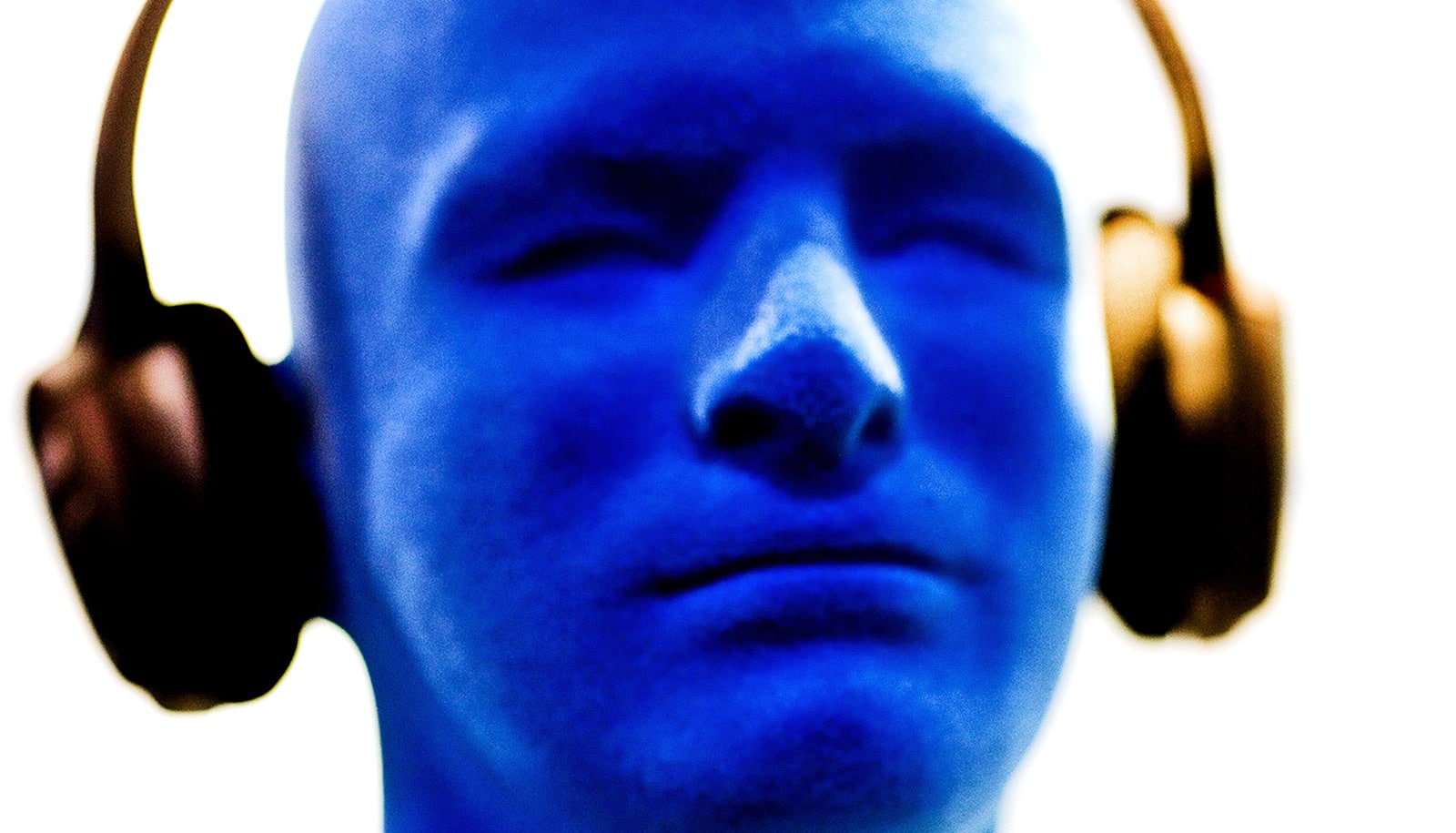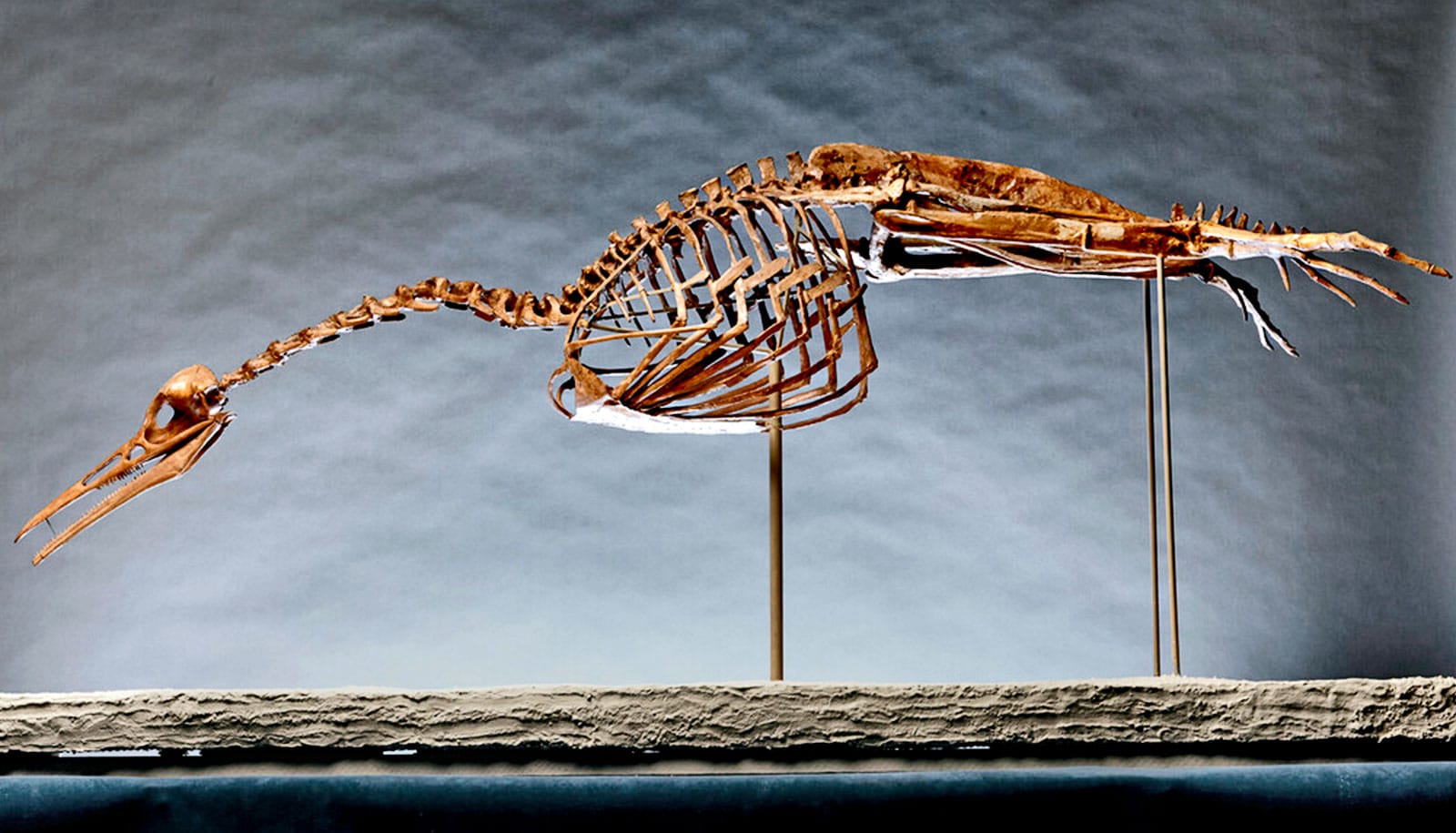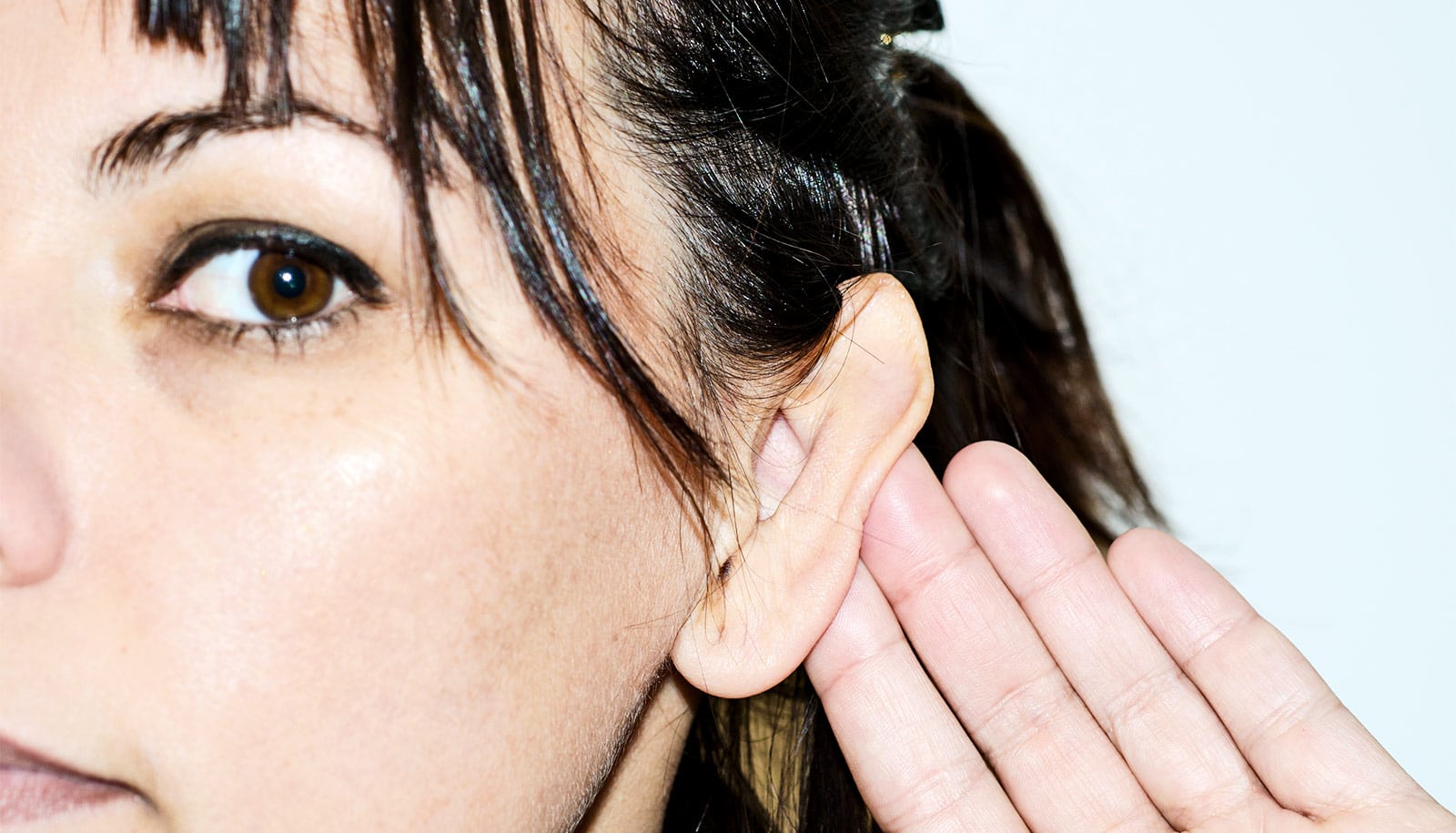The right combination of sound and silence may help slow the progression of permanent hearing loss, research in mice suggests.
Their new study finds intermittent broadband sound played over an extended period of time preserved sensory cells in the ear, while also rewiring some of the central auditory system in the brain, helping preserve the ability to sense the timing of sounds.
“By showing that the detection of sound is being preserved in the brain, we’re saying it’s not just the hair cells in the ear, there’s some connectivity in the central auditory system in the brain that is vital to hearing too,” says Adam Dziorny, assistant professor of pediatrics and biomedical engineering at the University of Rochester Medical Center, and first author of the study in the journal eNeuro.
“This isn’t a cure, but it could be a step that may lead to a treatment in the future.”
For 12-hour periods, researchers played a mix of broadband sound with gaps of silence for mice with sensorineural hearing loss—the most common type of hearing loss in humans caused by damage to hair cells or the nerve that connects the ear to the brain. Previous studies have shown the presence of broadband sound preserves structure and function of sensory cells in the ear. In this study, Dziorny explains, the gaps of silence allowed researchers to presume that rewiring was occurring in the brain itself within the central auditory system. These gaps are what preserved the mouse’s ability to sense the timing of sound.
“Past research has shown that the brain is capable of modifying its signaling to both the frequency and loudness of sounds. This study shows that the brain can also be trained to modify temporal aspects as well,” says coauthor Anne Luebke, associate professor of neuroscience and biomedical engineering.
“This is important for speech comprehension since not only do you need to hear the speech sounds, you also need to be able to hear them in normal timing. We know a speech recording played too fast or too slow is incomprehensible.”
Researchers see these findings as an important step toward demonstrating that children with sensorineural hearing loss have the potential to preserve function using an augmented acoustic stimulus. As long as the stimulus does two things—changes the way neurons encode temporal elements of sound, and preserves outer hair cells.
“This will not preserve long term hearing; the underlying biological process will still exist so there will be a drop off in hearing over time,” Dziorny says. “But by preserving hearing for even a period of time will allow someone to develop speech and language processing.”
Additional coauthors are from the University of South Florida and Cognosetta, Inc. The research had funding from the National Institute on Aging and the National Institute on Deafness and Other Communication Disorders.
Source: University of Rochester



